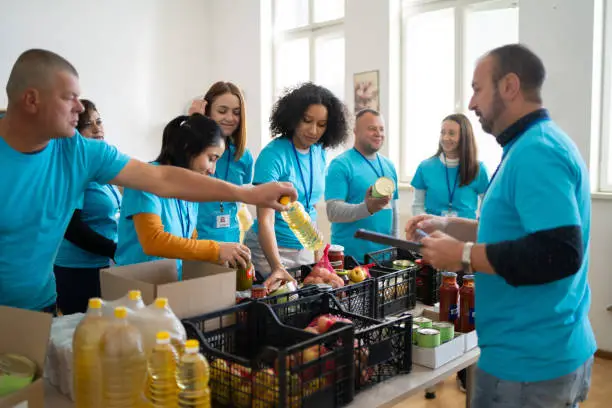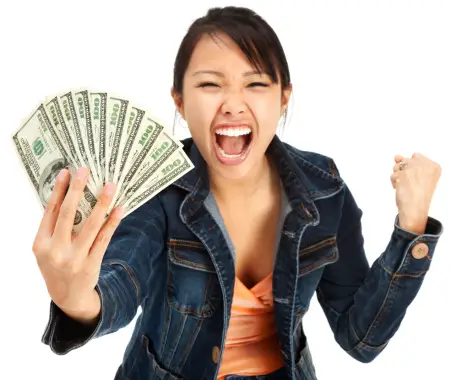Low-Income Relief Hardship Grants.
Financial hardship can strike anyone, at any time, leaving one to grapple with the demands of daily life without adequate resources. One major lifeline available for individuals and families in these difficult circumstances are low-income relief hardship grants.
These grants are specially designed to help low-income individuals navigate periods of financial distress, providing the much-needed reprieve from the weight of economic hardship.
What Are Low-Income Relief Hardship Grants?
Low-income relief hardship grants are non-repayable funds provided by various organizations—government agencies, non-profits, charitable trusts—to assist individuals facing financial difficulty. They are specifically targeted at low-income families and individuals and are designed to cover various needs, including housing, education, healthcare, and food assistance.
Who is Eligible for Low-Income Relief Hardship Grants?
Eligibility for hardship grants varies depending on the provider. Some common criteria include proof of financial hardship, residency or citizenship, low-income status, and specific personal circumstances such as disability, age, or family status.
Now, let’s dive deeper into the various low-income relief hardship grants available to you.
1. The Temporary Assistance for Needy Families (TANF): This federal grant program provides temporary financial assistance to families with children dealing with financial hardship. Benefits can be used for food, housing, home energy, child care, and job training.
2. The Supplemental Nutrition Assistance Program (SNAP): Formerly known as food stamps, SNAP provides a monthly food budget to low-income individuals and families, ensuring they can maintain a healthy diet despite financial struggles.
3. Medicaid: A state and federal program, Medicaid provides low-cost or free health insurance for low-income individuals and families.
4. The Low-Income Home Energy Assistance Program (LIHEAP): This program assists families with energy costs, providing grants for home energy bills, energy crises, weatherization, and energy-related minor home repairs.
5. The Emergency Food Assistance Program (TEFAP): TEFAP supports food banks and pantries across the country, allowing them to distribute free food to low-income Americans.
6. The Federal Pell Grant: This grant provides financial support for low-income undergraduate and certain post-baccalaureate students to promote access to postsecondary education.
7. Section 8 Housing Choice Voucher Program: This program provides assistance to low-income families, the elderly, and the disabled to afford safe and decent housing in the private market.
8. Community Services Block Grant (CSBG): CSBG supports communities in providing a wide range of services to alleviate the causes and conditions of poverty, such as employment, education, better use of available income, housing, nutrition, and health services.
9. The Special Supplemental Nutrition Program for Women, Infants, and Children (WIC): WIC provides federal grants to states for supplemental foods, health care referrals, and nutrition education for low-income pregnant women, new mothers, and to infants and children up to age five who are found to be at nutritional risk.
10. The Emergency Broadband Benefit (EBB): This program provides a temporary discount on monthly broadband bills for qualifying low-income households.
To give you a clearer perspective, let’s discuss some practical examples.
Imagine you’re a single mother of two, working a minimum wage job. Your earnings may not suffice to provide for your family’s needs. You can apply for TANF for temporary financial aid, SNAP for food assistance, Medicaid for health coverage, and the Federal Pell Grant if you’re considering further education to improve your employment prospects.
Or perhaps you’re an elderly person living alone, on a meager pension. You can apply for the Section 8 Housing Choice Voucher Program to secure affordable housing, LIHEAP for energy cost assistance, and TEFAP for food support.
Navigating the seas of financial distress is not easy, but remember, you’re not alone. The key is to reach out and avail yourself of the resources available to you. Always remember to ask for help when you need it—there’s a host of low-income relief hardship grants designed to support individuals like you through tough times.
Remember, these grants are designed to provide temporary relief. Long-term financial stability may require additional steps like debt counseling, budgeting, savings, and improving employment prospects through education and skills training.
In the end, life’s financial storms may be difficult and daunting, but with the right support, resilience, and resourcefulness, they can be navigated successfully. Don’t hesitate to reach out for help, take advantage of the low-income relief hardship grants, and keep pushing forward.






